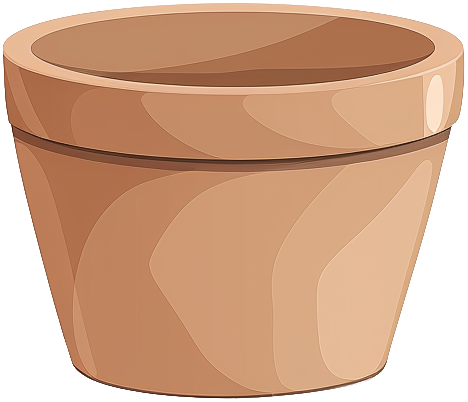- platycerium
- wilhelminae-reginae

Have a picture we could use? Help us complete this page!
platycerium
wilhelminae-reginae
wilhelminae-reginae
Care level
Difficult
This rare beauty stands out with its uniquely forked shield leaves that grow in an impressive upright pattern, creating a dramatic crown-like shape. Unlike its more common cousins, it develops distinctive blue-green coloring on mature leaves and can reach spectacular sizes of up to 6 feet across when grown in ideal conditions.
Care & maintenance
Light
Bright light, usually located near windows but doesn't receive direct rays for more than an hour during the day.
Temperature
Warm (64.4°F - 86°F)
Fertilization frequency
Low
Once per season.
Soil
Choose a Epiphyte mix: An extremely well-draining, airy substrate that mimics tree bark. Allows roots to breathe while providing intermittent moisture.
If you want to create your own substrate, you can make a mixture of the following soils:
Click on the soil name for more information.
Pot

Wide/Shallow
Prefer a pot that is wider than it is deep.
Incorrect or incomplete information?
In our goal of building the best plant database, we sometimes make mistakes or have incomplete information. You can help us fill these gaps!
Features
Size & growth
Large
Upright
Slow growth
This plant grows slowly. It can reach 3 to 6 feet in height or spread.
It grows upwards without support.
Toxicity
| Cat | |||
|---|---|---|---|
| Dog | |||
| Human |
Reproduction & propagation
Fruits & flowers
Non-flowering & not self-pollinating
The platycerium wilhelminae-reginae cannot produce flowers and therefore fruits.
This plant is not capable of self-pollination, it will not be able to produce fruits if it is not pollinated by another individual.



